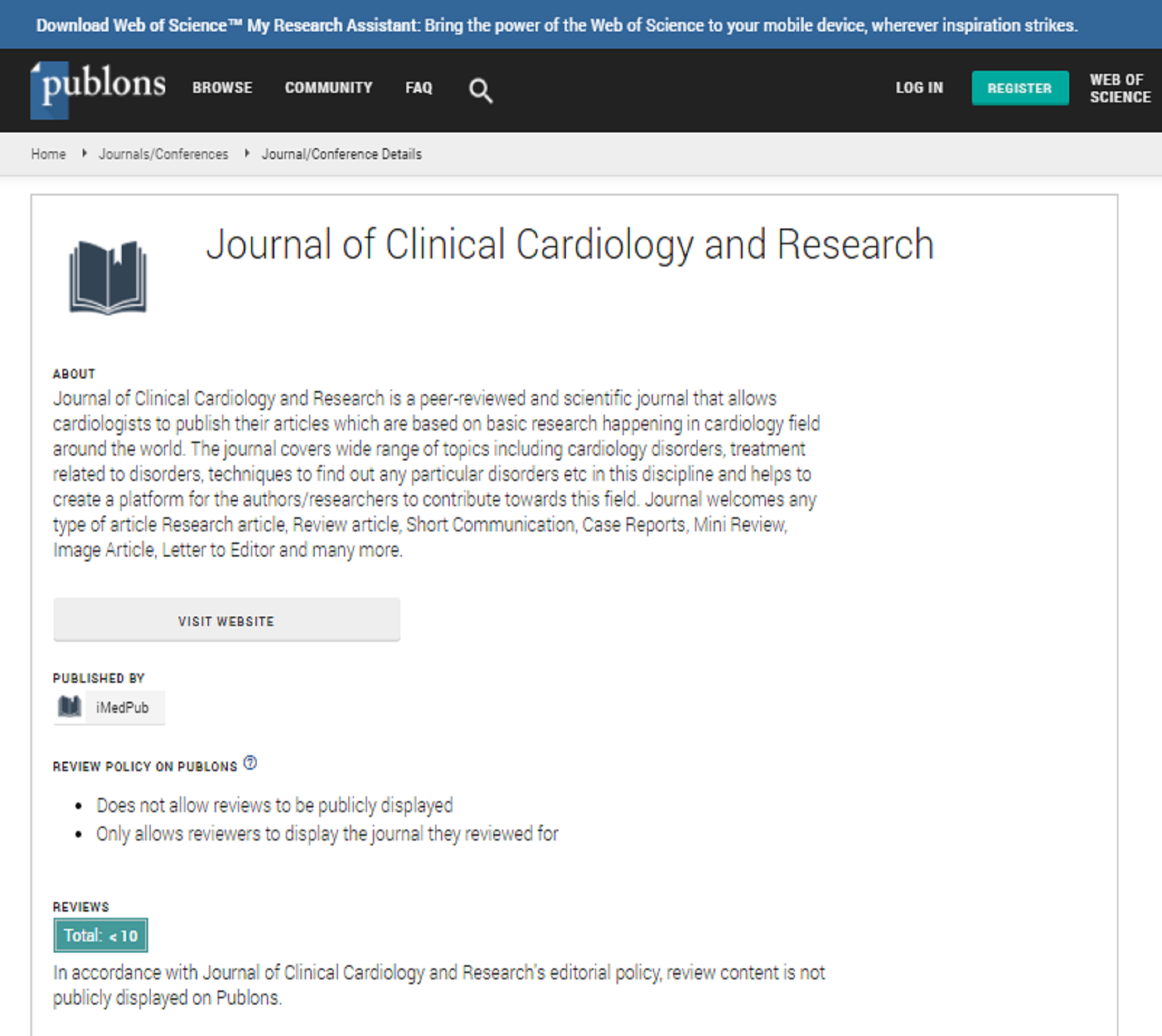The Implication of Lysophophatidic acid in Aortic Stenosis
International Conference on Heart and Cardiovascular Diseases
July 21, 2021 | WEBINAR
Rihab Bouchareb
Icahn School of medicine, USA
ScientificTracks Abstracts: J Clin Cardiol Res
Abstract
Calcified aortic valve disease (CAVD) affects over six million Americans and is associated with changes in valve leaflets’ mechanical properties, resulting in impaired valvular blood flow. Currently, there is no viable pharmacological treatment to stop the disease’s progression or activate mineral regression. The only effective therapy to treat CAVD is aortic valve replacement (AVR) or transcatherization (TAVR). It is therefore imperative to understand the molecular mechanisms leading to aortic valve mineralization to identify new pharmacological targets. The accumulation of proteoglycans promotes lipoprotein retention, such as oxidized LDL, which stimulates cell mineralization through the activation of an inflammatory response. We have previously shown that phospholipase A2 (LP-PLA2) uses oxidized phospholipids (OxPLs), which are incidentally transported by Lp(a), as a substrate and produce lysophosphatidylcholine (LPC). We have investigated the implication of lysophosphatidic acid in the mineralization of the aortic valve. The treatment of isolated human valve cells (VICs) with LPC stimulates the activation of osteogenic genes in vitro. In addition, we have shown that autotaxin (ATX), an enzyme that metabolizes LPC to lysophosphatidic acid was highly active in the plasma of patients with aortic stenosis and in isolated VICS that were treated with the calcifying medium in vitro. Furthermore, the administration of LPA to LDLR (-/-)/apoB100/IGFII mice significantly increases the progression of aortic stenosis and promotes the calcification of the aortic valve leaflet. This effect was amplified by activated platelets present in the lesion site of the calcified aortic valve. Indeed, platelets carry ATX which consequently amplify the production of LPA and stimulation of the osteogenic program. These findings suggest the importance of LPA as a possible pharmacological target to decelerate the progression of CAVD.
Biography
Rihab Boucharb has completed her Matser and PhD dgrees in cell and molecular biology from Strasbourg University in France and postdoctoral studies from Heart and Lung Institute in Quebec, Canada. She is an Instructor Ichan school of medecine at Mount Sinai. Her Science is focused on the molecular mechanisms leading to ortic valve calcification. She has published more than 25 papers in reputed journals and has been serving as reviewrs in several journals.
Google Scholar citation report
Journal of Clinical Cardiology and Research peer review process verified at publons
Abstracted/Indexed in
- Google Scholar
- Publons
Open Access Journals
- Aquaculture & Veterinary Science
- Chemistry & Chemical Sciences
- Clinical Sciences
- Engineering
- General Science
- Genetics & Molecular Biology
- Health Care & Nursing
- Immunology & Microbiology
- Materials Science
- Mathematics & Physics
- Medical Sciences
- Neurology & Psychiatry
- Oncology & Cancer Science
- Pharmaceutical Sciences

